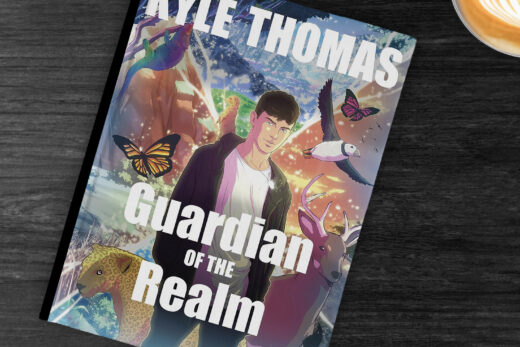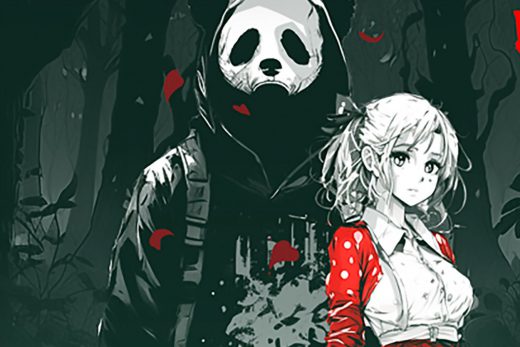Storytelling is an art that has been around for centuries, captivating audiences with its ability to transport them to different worlds and experience a range of emotions. At the heart of any great story are its characters, and creating dynamic characters is essential for a compelling narrative. While many elements contribute to the success of a story, it is the characters that readers connect with and root for throughout the journey.
But what exactly makes a character dynamic? A dynamic character is one that goes through a significant change or transformation throughout the story. They are complex, multi-dimensional, and have flaws and strengths that make them relatable and human. Dynamic characters are not static; they evolve and grow, making them more compelling to read about.
So how can you create dynamic characters in your writing? Here is one key and important pro tip: give your characters internal conflicts.
Internal conflicts are the struggles and dilemmas that a character faces within themselves. They are the battles between what a character wants and what they know is right, their fears and desires, their past and present. These conflicts add depth and complexity to your characters, making them more relatable and engaging for readers.
Here are three ways to incorporate internal conflicts into your characters and elevate your storytelling:
1. Dig deep into your character’s backstory
A character’s past experiences shape who they are and what they believe in. By delving into their backstory, you can uncover their motivations, fears, and desires. These elements can be used to create internal conflicts that your character must face and overcome throughout the story.
For example, if your character had a traumatic childhood, they may struggle with trust and forming close relationships, leading to a conflict between wanting to open up to someone and the fear of being hurt. This internal conflict adds depth to the character and allows readers to understand their actions and decisions better.
2. Give your character conflicting goals
Another way to create internal conflicts is by giving your character conflicting goals. This means that your character wants two things that are incompatible with each other, forcing them to make difficult choices. These choices can reveal a lot about the character’s values and priorities, making them more complex and relatable.
For instance, if your character wants to become a successful lawyer, but also wants to spend more time with their family, they may have to choose between working long hours and missing out on important family moments. This internal conflict can add layers to the character and create tension in the story.
3. Use external conflicts to reveal internal struggles
External conflicts, such as a physical battle or a clash with another character, can also be used to highlight internal struggles. These conflicts can act as triggers for your character’s inner turmoil, forcing them to confront their fears and make difficult decisions.
For example, if your character is forced to confront their childhood bully, it can bring up past traumas and fears, creating an internal conflict between wanting to stand up for themselves and avoiding confrontation. This can also lead to character development as they learn to overcome their fears and stand up for themselves.
In conclusion, creating dynamic characters is crucial for a successful and engaging story. By incorporating internal conflicts, you can add depth and complexity to your characters, making them more relatable and interesting for readers. Don’t be afraid to dig deep into your character’s backstory, give them conflicting goals, and use external conflicts to reveal their internal struggles. With this pro tip in mind, you can elevate your storytelling and create unforgettable characters that will stay with readers long after they finish your story.







































